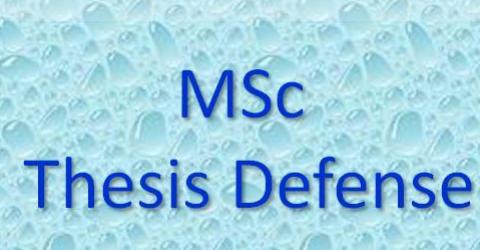
HUMAN ACTION RECOGNITION USING 3D JOINT INFORMATION AND PYRAMIDAL HOOFD FEATURES
Barış Can Üstündağ
Mechatronics, MSc Thesis, 2014
Thesis Jury
Prof. Dr. Mustafa Ünel (Thesis Supervisor), Assoc. Prof. Dr. Kemalettin Erbatur,
Assoc. Prof. Dr. Erkay Savaş
Date &Time: July 23rd, 2014 – 16:30
Keywords: Human Action Recognition, RGBD Images, Depth Data, Skeletal Joints, HOOFD, Classification
Abstract
With the recent release of low-cost depth acquisition devices, there is an increasing trend towards investigation of depth data in a number of important computer vision problems, such as detection, tracking and recognition. Much work has focused on human action recognition using depth data from Kinect type 3D cameras since depth data has proven to be more effective than 2D intensity images.
In this thesis, we develop a new method for recognizing human actions using depth data. It utilizes both skeletal joint information and optical flows computed from depth images. By drawing an analogy between depth and intensity images, 2D optical flows are calculated from depth images for the entire action instance. From the resulting optical flow vectors, patches are defined around each joint location to learn local motion variations. These patches are grouped in terms of their joints and used to extract a new feature called ‘HOOFD’ (Histogram of Oriented Optical Flows from Depth). In order to encode temporal variations, these HOOFD features are calculated in a pyramidal fashion. At each level of the pyramid, action instance is partitioned equally into two parts and each part is employed separately to form the histograms. Oriented optical flow histograms are utilized due to their invariance to scale and direction of motion. Naive Bayes and SVM classifiers are then trained using HOOFD features to recognize various human actions. We performed several experiments on publicly available databases and compared our approach with state-of-the-art methods. Results are quite promising and our approach outperforms some of the existing techniques.

